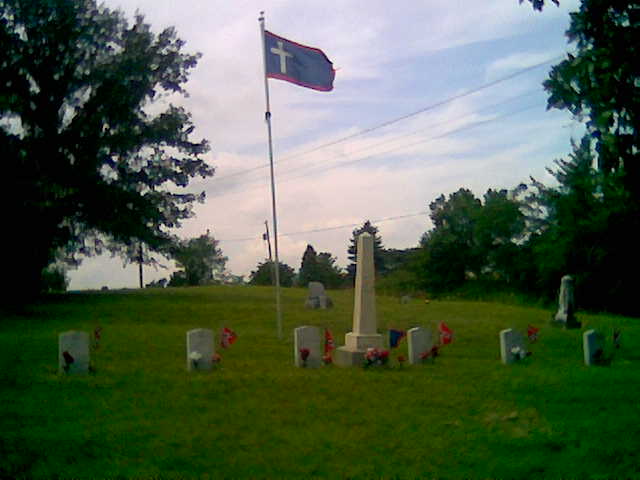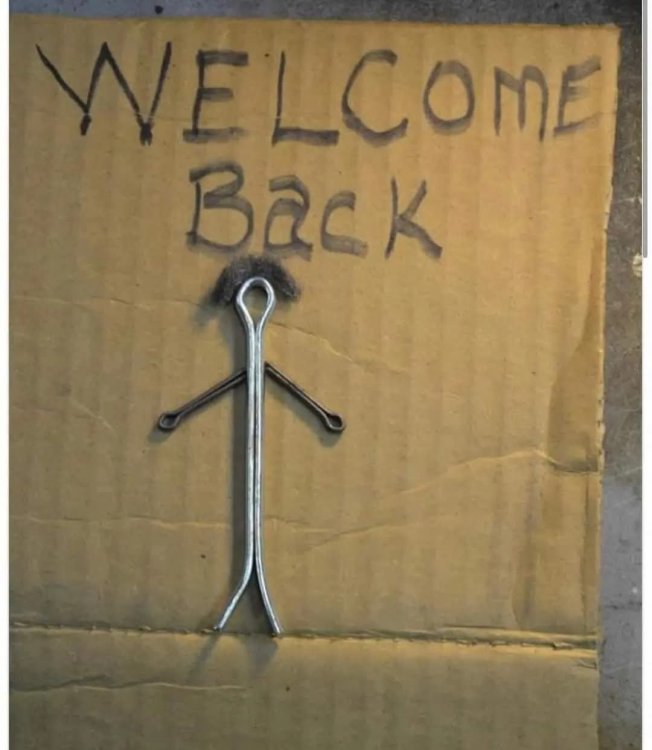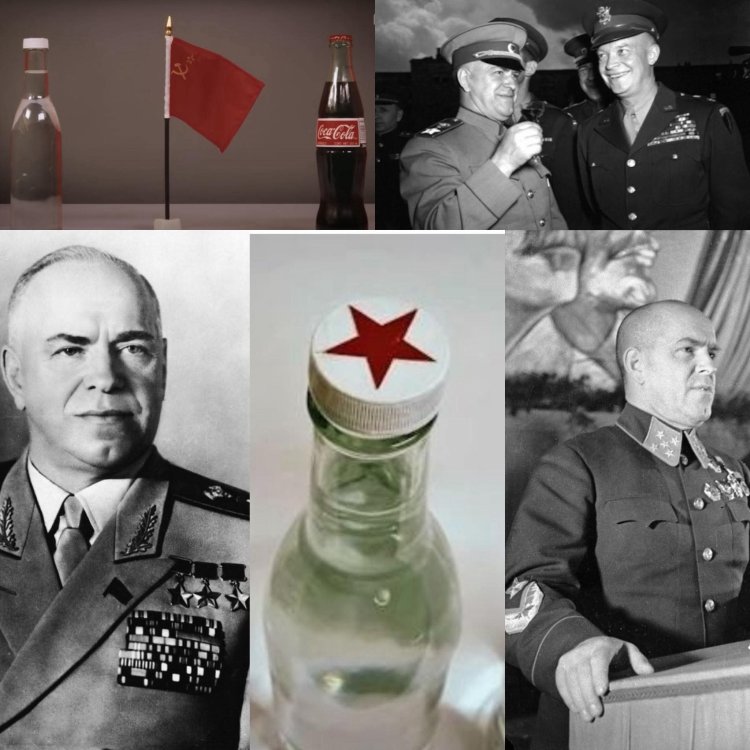-
Posts
53,508 -
Joined
-
Last visited
-
Days Won
631
Content Type
Profiles
Forums
Events
Everything posted by Subdeacon Joe
-
-
-
the United States secretly used to make a white clear Coca Cola specifically for General Zhukov after World War I| . It had the same flavor as the original, virtually unchanged by the absence of caramel coloring. After the end of World War II, General Eisenhower introduced General Zhukov to Coca Cola (Coke) for the first time. Zhokov absolutely fell in love with Coke and couldn't get enough of it. Unfortunately for General Zhukov, Coke was illegal in the Soviet Union and therefore he couldn't be seen enjoying the lovely soda. Zhukov asked his American counterpart, General Mark Clark if there was a way to produce Coke without the coloring. Clark passed on this request to President Truman who tasked Coke with making a colorless Coke that was packaged to resemble Vodka. Truman contacted Coke and asked them to create a colorless Coke that tasted the same, but was packaged to look exactly like a clear bottle of vodka. The colorless version of Coca-Cola was bottled using straight, clear glass bottles with a white cap and a red star in the middle. One unusual consequence for the Coca-Cola Company was a relaxation of the regulations imposed by the occupying powers in Austria at the time. Coca-Cola supplies and products were required to transit a Soviet occupation zone while being transported between the Lambach bottling plant and the Vienna warehouse. While all goods entering the Soviet zone normally took weeks to be cleared by authorities, Coca-Cola shipments were never stopped.
-
- 5
-

-

-

-
Yeah...his almost detached but still passionate narrative is amazing. Superb camera work and editing, too.
-
Each branch has a military ball (navy ball, army ball, etc) And it warms my heart to know that one branch will be having"Space Balls" from here on out
-
Try "Basturma." It's easy to make, but time consuming.
-
I was pretty sure that was what you meant, but thought I'd cover the other just in case.
-
I've never made pemmican. I have made a fair bit of jerky. Sometimes I've made soups and stews with jerky. Just treated it like salt beef - rehydrate it in some hot water, then cut it up.
-
The Orthodox Church recognizes that people are not perfect, and so does reluctantly allow divorce and remarriage. It's an "economia," a little flexing of the general rule, as opposed to akriveia, strictness in application. 2nd and even 3rd marriage ceremonies are more penitential in nature than the regular wedding ceremony. A married man may be ordained into the priesthood or diaconate. but a priest or deacon may not get married, except in extraordinary circumstances, and with permission of his bishop. In general, a man who is married to a divorced woman may not become an Orthodox priest. Again, though, the concept of economia can come into play. If the bishop decides that it is best for the man's, or couples', salvation it may be allowed, especially if the divorce and remarriage happened before he became Orthodox.
-

Why Anti-Tank Rifles Weren't Sniper Rifles
Subdeacon Joe replied to Subdeacon Joe's topic in SASS Wire Saloon
-

Why Anti-Tank Rifles Weren't Sniper Rifles
Subdeacon Joe replied to Subdeacon Joe's topic in SASS Wire Saloon
-
Some of those sound REALLY GOOD! Thanks.
-
-
Each one weighs about 42 pounds.
-
Thanks, I think.
-
I used to post in The Wire. I still occasionally post in TEAM SASS, but I found that when it comes to posting about the goings on by the quockerwodgers and wethers in the Sacramento Reichstag, my main area of interest, one of the bosses there has beat me to it by several hours. So I'm mostly posting trivia of interest in The Saloon.
-
-
-
Left the baking powder out of biscuits several times. Not quite hardtack, but close. Set timer on a roast for 1:30 (minute and a half) rather than 1:30:00 (hour and a half). I like it rarw, but not that rarw.





